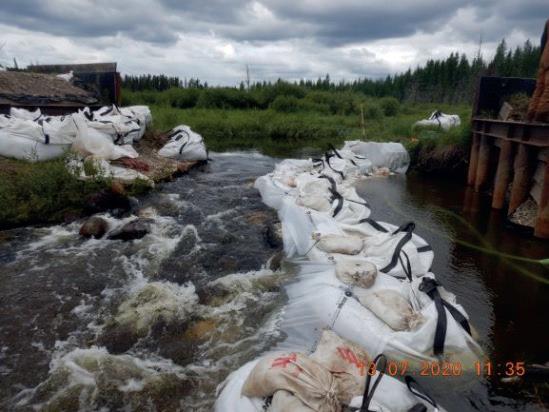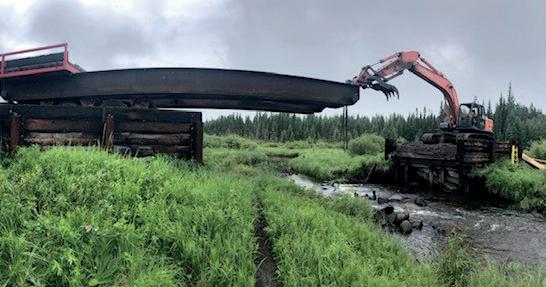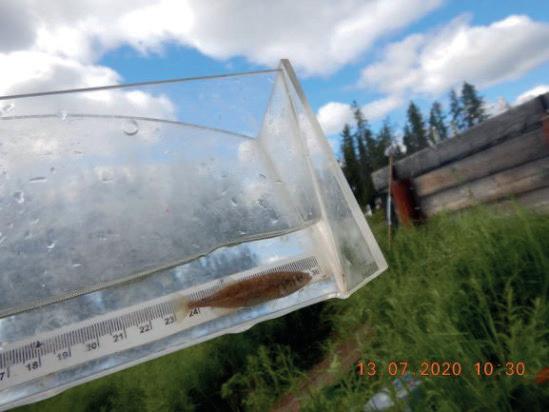
2 minute read
Water
At Westbrick, we do not operate in areas considered to be under “high baseline water stress” and we are fortunate to have an abundant supply of freshwater. Although we do not consider water to be one of our key environmental risks, we are careful not to take this advantageous position for granted.
Water management processes
Advertisement
Each well site has unique water needs and challenges based on its specific production method, growth rate and core plays. This means we implement different water management strategies for each of our sites. Our water management strategies focus on these core aspects:
• Controlling procurement and movement of water. Water sources are located in order to minimize or eliminate the number of trucks needed to transport water.
• Protecting the quality of the water we access for our operations. Hydraulic well fracturing involves drilling down over 2000 meters into very tight sandstone rock layers and injecting a high-pressure water mixture at a high rate. This fluid, containing sand, water and a very small amount of chemicals, causes the rock formation to break or fracture which enhances the ability for gas to flow out of the formation. We listen to stakeholder concerns about the potential risk to shallow potable water zones at less than 600 meters and use numerous redundant protection equipment and procedures to alleviate any concerns. To fracture stimulate a well, all zones, especially shallow zones containing potable water must be isolated for the stimulation and therefore the well to be successful. Our operations are aligned with all stakeholders.
• Reducing the amount of fresh or nonsaline water used during hydraulic fracturing operations. We are supportive of technological innovations in the industry to reuse saline flowback water and hope the AER will allow the industry to routinely store and reuse flowback water temporarily on our sites in the future.
• Storing and treating water during hydraulic fracturing operations. Westbrick has improved its movement and handling of water used during hydraulic fracturing. With the focus on multi-well pad drilling we can centralize water handing for multiple well completions and transport fresh water over long distances using temporary surface or lay flat pipelines. This eliminates the need for trucking fluids and the long-term storage of water.
Performance
As we have mentioned, our focus is on increasing production yet reducing our environmental impact. In 2019, we used a total of 85,708m3 of nonsaline water, primarily in our hydraulic fracturing operations. We reduced our water use in 2020 to 74,346m3. This 14% reduction is reflective of our continued emphasis on water management initiatives.
Managing water ecosystems during the repair of Columbia bridge
2020 was an exceptionally wet year for West-Central Alberta. During heavy spring rains, the approach to one of our bridges, located 53km southwest of Drayton Valley, eroded. We needed to repair the bridge and maintain the health of the aquatic ecosystem.

The bridge crosses a moderately sensitive creek that is a potential spawning habitat for fish that are a species of special concern. In line with routine regulatory requirements, the site was evaluated by a Qualified Aquatic Environment Specialist who developed a suitable mitigation plan for the repair work.
The construction zone was isolated and then all fish in the area were salvaged. We relocated a total of 7 fish in the process, including Lake Chub, Pearl Dace and Stickleback. Following the successful repair of the bridge, the site was successfully returned to its former state.

Westbrick operates in remote areas in West Central Alberta. Throughout the lifecycle of our wells, Westbrick is committed to responsible land management practices that minimize our impact on the environment.







